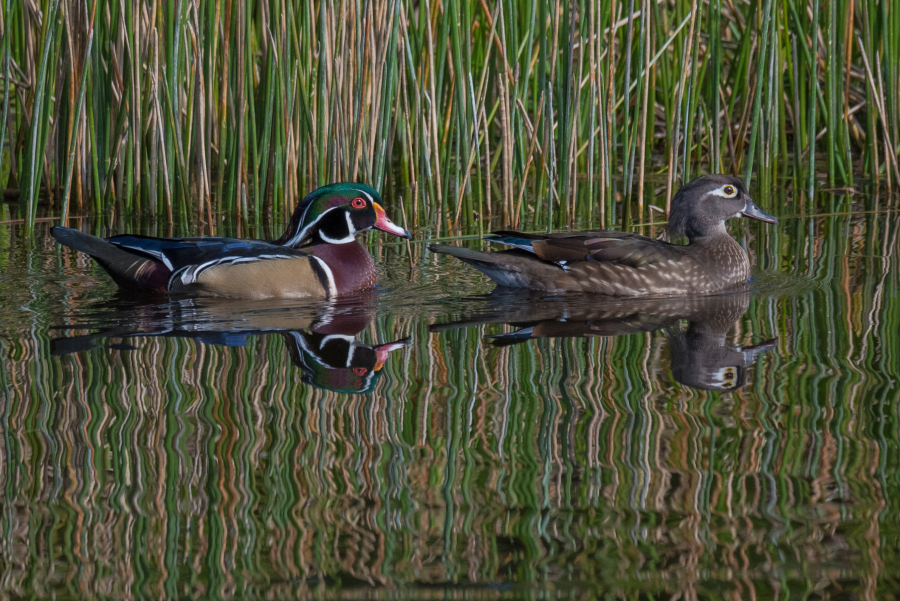PENDLETON, Ore. — Jack Simons doesn’t need television or a good novel for high drama. All he needs to do is step onto the back deck of his Pendleton home and look around.
On a recent morning, Simons stood sipping from a steaming cup of coffee and noticed an eastern kingbird carrying something wiggly in its beak. His interest was piqued.
“I went and got my binoculars and looked closer,” Simons said. “The bird was feeding praying mantises to its babies.”
He watched entranced for the next half hour as the parents delivered 11 praying mantises to their four offspring. Other days, Simons might notice raptors swooping low to hunt prey or waterfowl landing on the pond.



